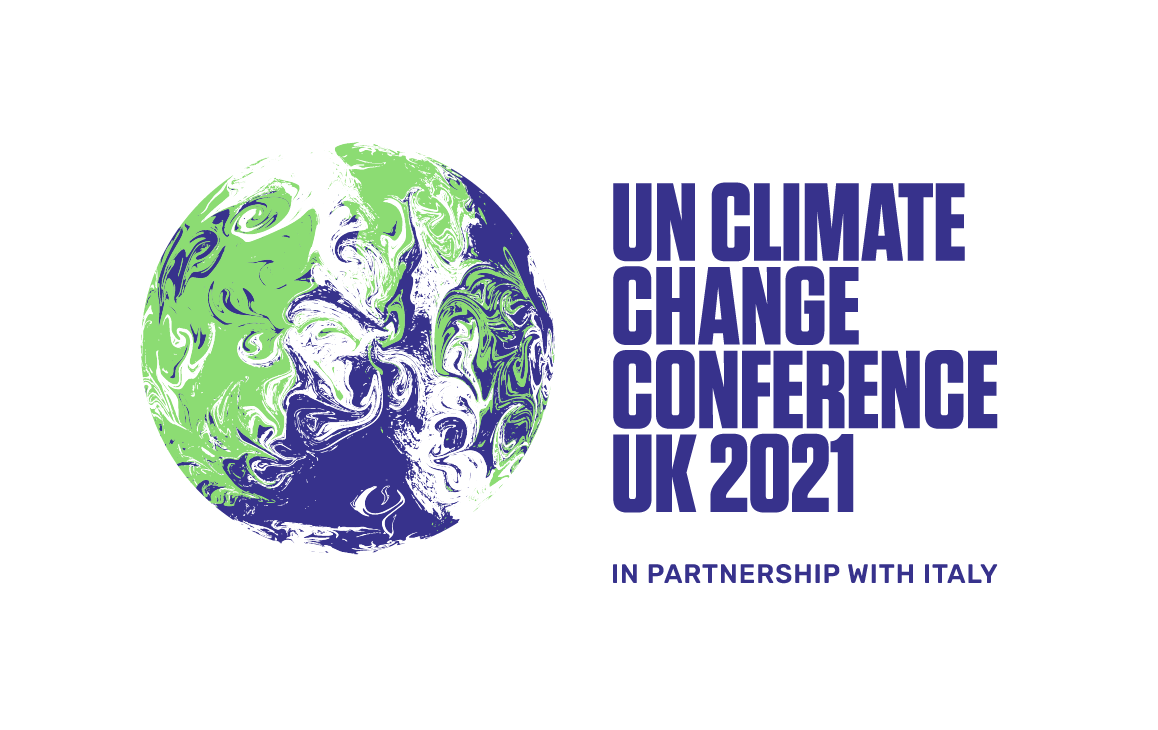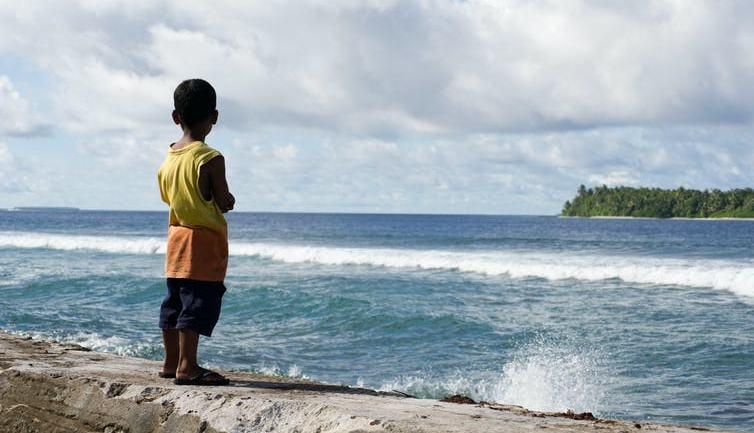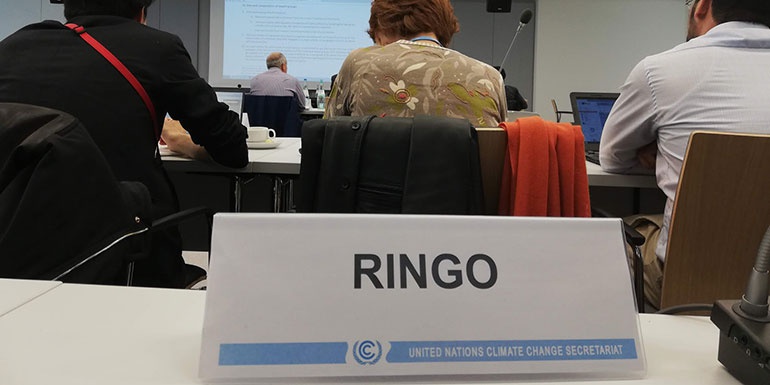Loss and damage is expected to be a headline issue at COP26. Yet, it is sometimes difficult to navigate this very contentious stream of climate negotiations. We outline key issues for you to keep an eye on in Glasgow and discuss what different Parties might consider a successful outcome for loss and damage at COP26. There are four main topics on the table, some related to work which was started (or remained unsolved) at COP25 – i.e. the Santiago Network and the topic of the Governance of the Warsaw International Mechanism (WIM)- and some concerning long-standing issues related to finance for loss and damage and the wider political relevance of loss and damage in climate talks. We tackle each of them below and provide an overview of key advances on these issues since COP25. To jog your memory about key loss and damage outcomes at COP 25, we recommend this excellent blog by colleagues at Climate Analytics.
Four issues to watch out for on Loss and Damage at COP26
1. Operationalising the Santiago Network (SN). The SN was established at COP25 to provide technical support to developing countries in addressing loss and damage. A dedicated website was launched in June 2020, and several discussions were held in the past two years to consider what it should deliver and how it should be structured. These include a session during the UN Climate Change Dialogues in December 2020, the informal meeting on the SN at the 2021 May-June Climate Change Conference, and several consultations led by the Chilean and British presidencies with Parties and stakeholders. Some ‘market place’ meetings were also organised in 2021 to connect vulnerable parties seeking technical assistance with organizations which could provide it. The question for COP26 is how to make the SN something more than a website and some ad hoc activities like the market place meetings. In terms of structure, discussions under the Chile-UK presidencies’ consultations focused on whether the SN could be managed by a secretariat, as proposed by some developing countries. Yet, it is still unclear what this would mean in practice (should the ExCom, the UNFCCC Secretariat or an external organization be involved?) and where the money to make it work would come from. At the Pre-COP in Milan, developing countries called for a fund to support the functions of the SN and for it to be operationalised as soon as possible.
2. The governance of the WIM. The question here is whether the WIM should keep on operating both under the UNFCCC and the Paris Agreement -and thus be subject to the authority and guidance of both COP and CMA- or instead be placed under the Paris Agreement only. It might seem a fairly technical issue, but it has indeed some important political implications. As this advice from the Legal Response Initiative explains, formally the WIM operates under both international agreements. Yet, these agreements have slightly different scopes: the UNFCCC contains a very rigid differentiation between Annex-1 and non-Annex 1 countries based on their historical responsibility, while the Paris Agreement operates a more flexible distinction between developed and developing countries and also excludes that article 8 on loss and damage could provide any basis for liability or compensation claims. As the advice highlights, by placing the WIM under the Paris Agreement only, some developed countries could find it easier to argue that discussions around state responsibility have been excluded from the WIM’s mandate. Developing countries have been instead very clear in asking for a joint oversight of the COP and the CMA over the WIM. At COP 25, the informal consultations led by the Chilean presidency proved to be unsuccessful and the issue will be revisited in Glasgow.
3. Loss and damage as a permanent agenda item. Another issue that is apparently technical, but would have strong political repercussions, is that of establishing loss and damage as permanent standalone agenda item under the Subsidiary bodies (SBs) which are tasked with recommending decisions to the governing bodies (COP and CMA). Currently, loss and damage is only considered once a year when the ExCom presents its annual report. A permanent agenda item would provide the space for loss and damage to be discussed beyond the WIM report. Moreover, it would have the political value of signalling the importance of loss and damage as an issue within formal negotiations. Developing countries have been calling for a permanent agenda item on loss and damage since COP23, but no advances have been registered on this issue yet.
4. Finance for loss and damage. Finance is a top priority for vulnerable countries, especially LDCs, in the run up to COP26. At COP25, the G77+ China obtained an important result in the area of action and support for loss and damage (which also includes finance) by securing the establishment of the expert group on Action and Support (ASEG), as one of the thematic groups that help the ExCom in carrying out the activities of its workplan. The ASEG, which was launched in October 2020 and has met twice so far, is importantly tasked -among other things – to engage and collaborate with the Green Climate Fund (GCF) to help identifying available funding for loss and damage and support countries to access it. This achievement was important, but only partially responded to a broader request from the G77+China for urgent, scaled-up and additional finance for loss and damage.
Vulnerable developing countries have called for enhanced finance for loss and damage throughout 2021. Just to mention a very recent example, on October 11th the LDCs Ministerial Meeting released the ‘Thimpu Call for Ambition and Action’ which called parties ‘to provide finance for loss and damage at a scale that responds to growing needs’. Requests for dedicated funding streams or mechanisms for loss and damage have also been put forward by vulnerable countries but met the usual pushback by developed countries suggesting that this would create a further fragmentation of funds and that existing mechanisms within and beyond the UNFCCC should be enabled instead to devote sufficient resources. As formal negotiations on a post-2025 climate finance goal will begin at COP26, there is an opportunity for developing countries to raise the profile of their requests for loss and damage finance. Many of them, in particular, are calling for extra finance for loss and damage on top of that provided for mitigation and adaptation purposes.
The CCLAD team will be in Glasgow from October 31st to November 12th to follow loss and damage negotiations and provide constant updates through this blog and the project’s Twitter account (@CCLAD1).






